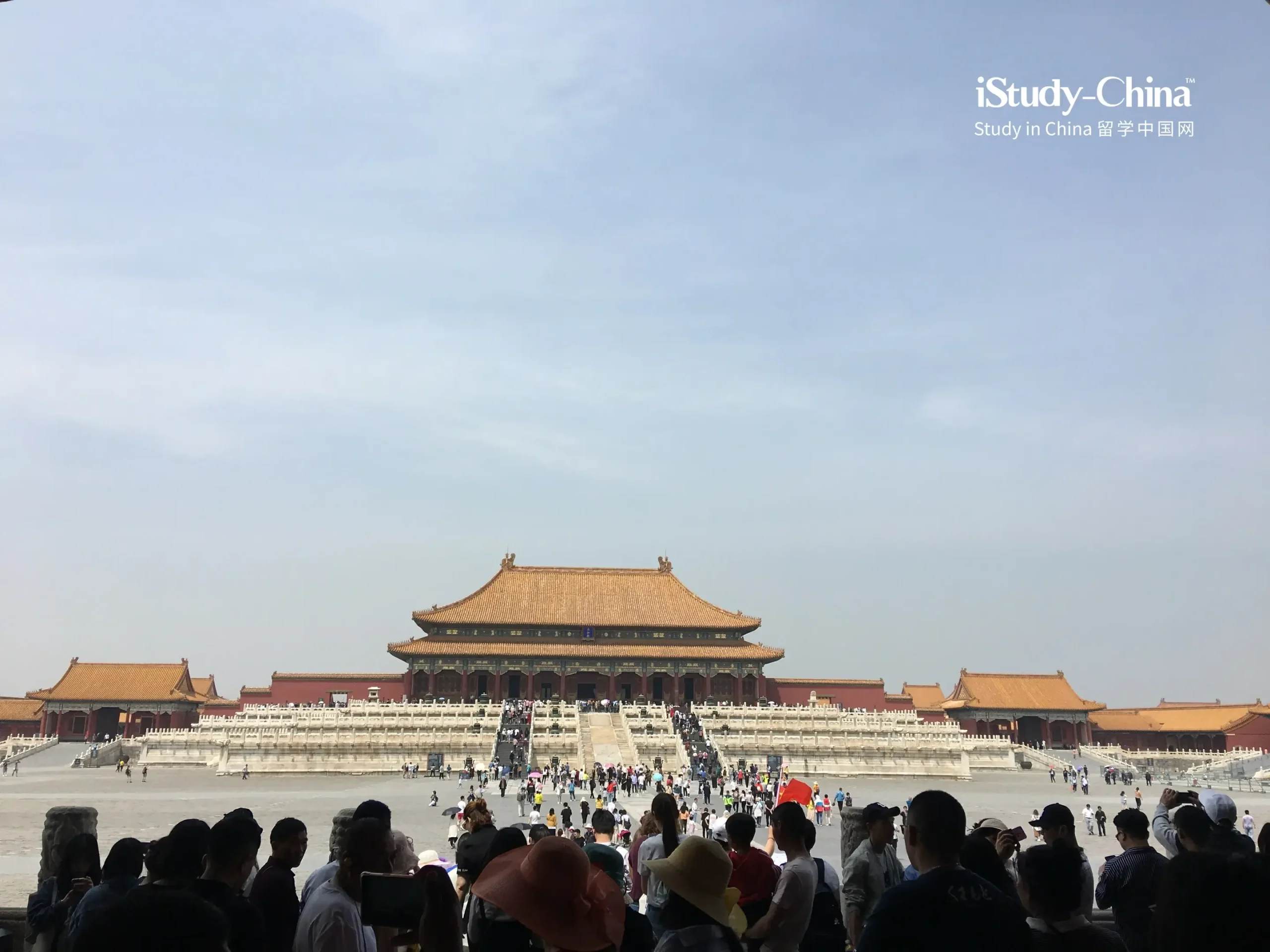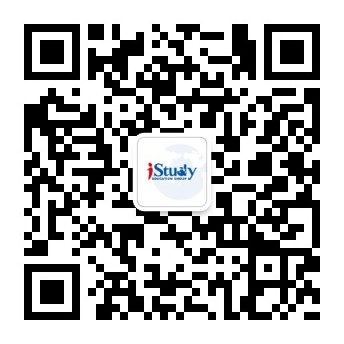School Badge
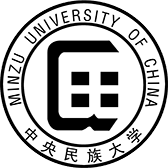
About Minzu University of China
Located on the west side of Beijing, Minzu University of China (MUC) is generally recognized as the most prestigious institution of higher learning for the education of ethnic minorities in China. It is considered the “cradle of senior professionals of Chinese ethnic minorities”, which enjoys priority support from the national government through “211 project”, “985 project” and “Double First-class Initiative”. Minzu University of China is located in Haidian District, which is full of academic institutions in Beijing. It is adjacent to the National Library in the south and Zhongguancun Science and Technology Park in the north.Minzu University of China (MUC) is an institution of higher learning with distinctive characteristics established by the Chinese Communist Party and the state to solve China’s ethnic problems and train relevant ethnic minority cadres and senior professionals. The predecessor of MUC was the Yan’an Minzu Institute, established in 1941. After the founding of New China, with the central government’s approval, the Central Institute for Nationalities was established in Beijing in 1951, with Ulanhu as the first president (Council Vice Premier Mr. Ulanhu as the founding president). In November 1993, it was renamed Minzu University of China. In 1999 and 2004, the school was included in the national-level “211 Project” and “985 Project”. In 2002, the State Ethnic Affairs Commission, the Ministry of Education, and the Beijing Municipal People’s Government signed the “Agreement on Key Joint Construction of Minzu University of China”, accelerating the pace of school reform and development. In 2017, it entered the”Double First-class Initiative”. The current MUC Chinese Communist Party Secretary is Zhang Jingze (张京泽), and the university president is Guo Guangsheng (郭广生).
After more than sixty years of development, MUC has become a comprehensive research university with humanities as its main focus and ethnic studies as its unique characteristic, providing a full range of courses in literature, history, philosophy, economics, administration, law, science, engineering, medicine, education while also offering multiple levels of education credentials such as bachelor degrees, master degrees, PhDs, ministerial leaders training, ethnic minority pre-foundational education, art-related secondary schooling and other kinds of further education. Currently, MUC has twenty-three schools, with sixty-six undergraduate programs, ninety-six master’s programs and thirty-three PhD programs. The broad range of studies at MUC, covering all aspects of ethnicity, is widely recognized internationally. New courses are continually being developed to meet the demands of a thriving society.
Facilities
MUC currently covers an area of 380,000 square meters, with a building area of 592,000 square meters, more than 200,000 square meters of teaching and administrative buildings, and a total asset value of 3.4 billion yuan. The new (second) Beijing campus is located on the banks of Qinglong Lake in Fengtai District, Beijing. It covers an area of 810,000 square meters and is currently under construction. MUC has more than 4.9 million volumes of various books and e-books. The collection of books and documents on ethnology and Chinese minority languages and literature ranks among the top universities in China. The MUC press is the national publishing base for teaching materials and works on ethnic subjects. The Journal of Minzu University of China and the National Education Research are the core national journals issued at home and abroad.
Students
MUC recruits students from 31 provinces, autonomous regions, municipalities directly under the central government, and Taiwan, Hong Kong, and Macau. There are 19,390 full-time students, including 11,332 undergraduates, 5,362 master and doctoral students, and 185 minority preparatory students (our school); undergraduates (Including preparatory students), the proportion of minority students is 48.4%. The school is the recipient of the “Chinese Government Scholarship” for international students. Nearly 700 international students from more than 50 countries are studying at the school. Since its establishment, the school has sent more than 180,000 graduates of all ethnic groups to the country. There are nearly 1,000 well-known experts and scholars, nearly 100 provincial and ministerial leaders of ethnic minorities, nearly 1,000 prefectural and departmental leaders, and more than 10,000 county-level leaders. They are in different positions for the national unity and development of the country. The cause has made outstanding contributions. Minzu University of China has become a cradle for cultivating outstanding talents of ethnic minorities and good national unity.
Majors & Programs
MUC currently has 1 university-tier department, 23 colleges, 66 undergraduate majors covering 11 disciplines, 5 first-level discipline doctoral degree authorization points, 5 post-doctoral research mobile stations, and 27 first-level discipline master degree authorization points, 3 national-level key disciplines, 5 provincial and ministerial key disciplines at the first level, 17 at the second level, 1 provincial and ministerial cross-key discipline, 2 national humanities basic disciplines talent training and scientific research bases, 1 humanities and social sciences of the Ministry of Education research station and nearly 40 provincial and ministerial-level scientific research platforms, including key research bases, 1 Ministry of Education key laboratory and 1 Beijing engineering technology research center, 1 national experimental teaching demonstration center, and 5 Beijing experimental teaching demonstration centers. In 2018, MUC was approved by the Beijing Municipal Education Commission as a pioneering park for college students in Beijing.
Our Talent
MUC has always had high-quality faculty. At the early stage of its development, MUC assembled eminent professors from such famous institutions as Tsinghua, Peking, and Yenching Universities. Today MUC hosts more than six hundred professors and associate professors. MUC embraces students from all provinces, municipalities, and autonomous regions of China. Currently, there are about 19,390 students, approximately 65% of whom are from ethnic minorities. MUC is a microcosm of the variety of Chinese ethnic groups. It is a window to showcase the national policies towards its ethnic groups and the unity and progress of all ethnic minorities in China.
When the school was first established, a group of celebrities in the academic world, such as Pan Guangdan, Wu Wenzao, Fei Xiaotong, Weng Dujian, Wu Zelin, Feng Jiasheng, Yang Chengzhi, Lin Yaohua, Fu Lehuan, Yu Daoquan, Wen You, Ma Xueliang, Wang Zhonghan, etc. came to the university to teach. It became important founders of its scientific research and discipline construction. The total number of faculty members stands at around 1945 talented individuals, of which 1159 are full-time instructors, 680 are professors and associate professors that account for 60.4% of the total number of full-time teachers. Among them are Dai Qingsha, Mou Zhongjian, Hu Zhenhua, Liu Bingjiang, Ma Yue, Mi Ruoru, Li Kuizheng, Yang Shengmin, Jin Binghao, Ban Ban Dorje, and other well-known experts and scholars. There are also many young and middle-aged rookies emerging, and they have gradually become academic leaders. Besides, MUC employs more than 130 foreign experts (including short-term and annually contracted talents) to lecture at MUC regularly. MUC currently has 4 specially-appointed professors in the “Changjiang Scholars Award Program” of the Ministry of Education, 63 high-level talents including young scholars of the “Changjiang Scholars Award Program” of the Ministry of Education 8 experts with outstanding contributions from the State Ethnic Affairs Commission. There are 2 national-level instructors at MUC, 1 national model teacher, 16 well-known teaching teachers in Beijing, and 21 special government allowances from the State Council. The school has established exchanges and cooperation with more than 200 universities and scientific research institutions in 44 countries and regions, including Yale University, Cambridge University, Oxford University, Humboldt University Berlin, and Leiden University.
Academic Exchanges and Cooperation at Home and Abroad
MUC is the channel through which the development of higher education for the ethnic minorities in China is linked to the outside world and is an important center for international academic exchange. MUC has established academic exchange programs with more than sixty-two educational or research institutions throughout the world. Each year hundreds of international students visit MUC for either long-term or short-term learning programs. The university also invites many foreign experts to carry out teaching or research assignments on campus. It sends Chinese students to study abroad at cooperative institutions of higher education every year.
